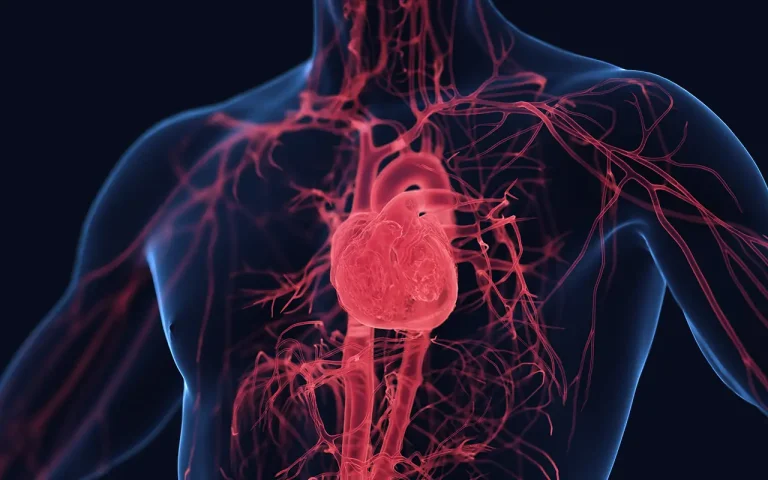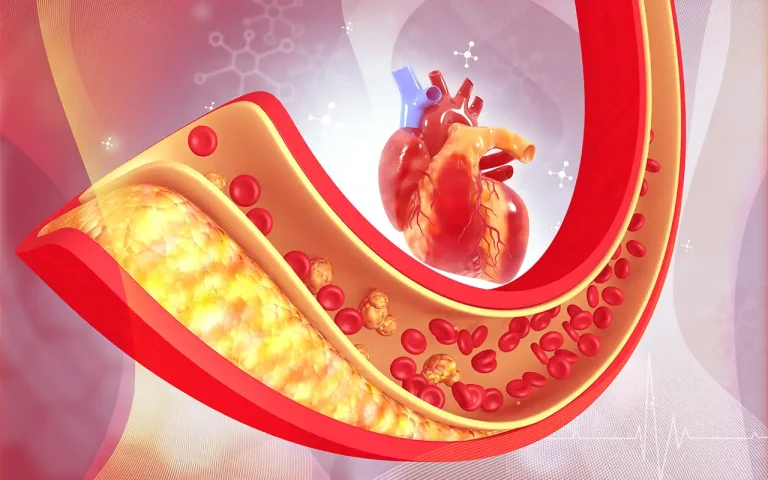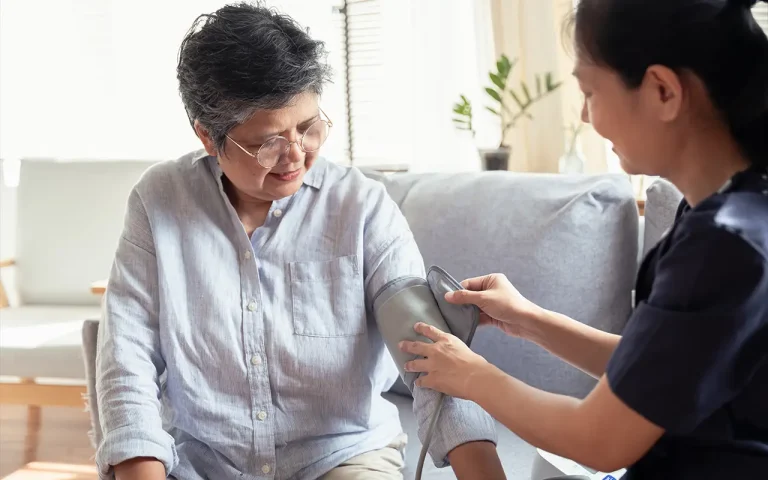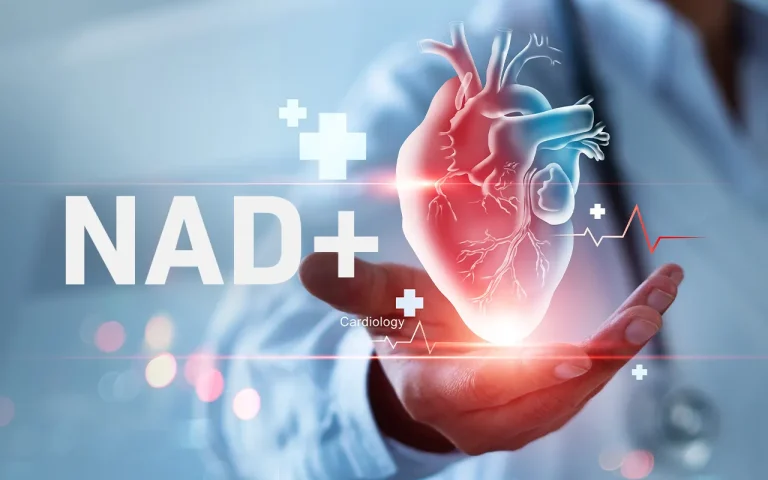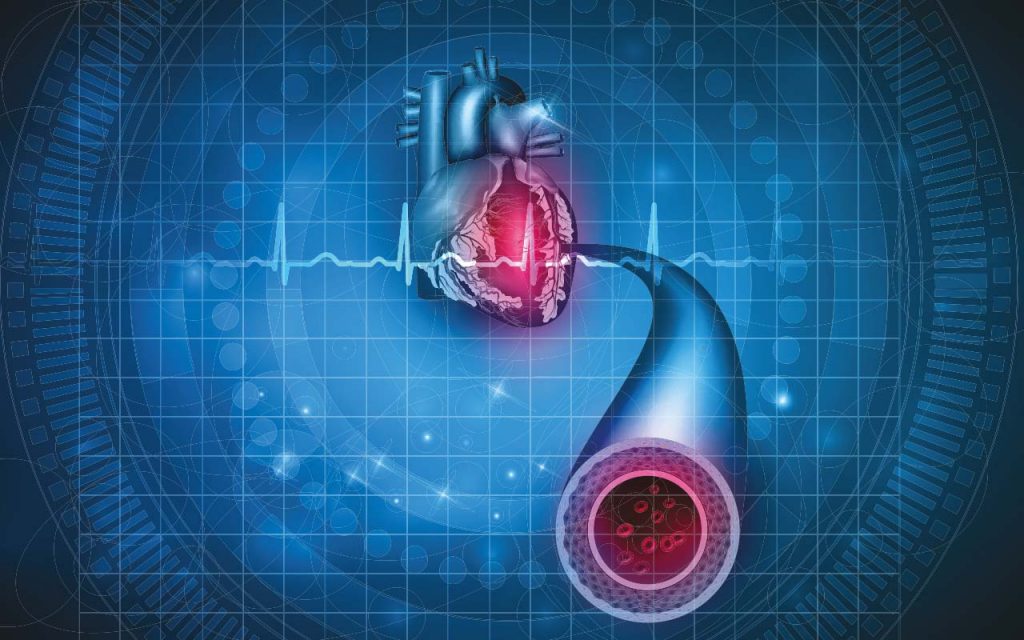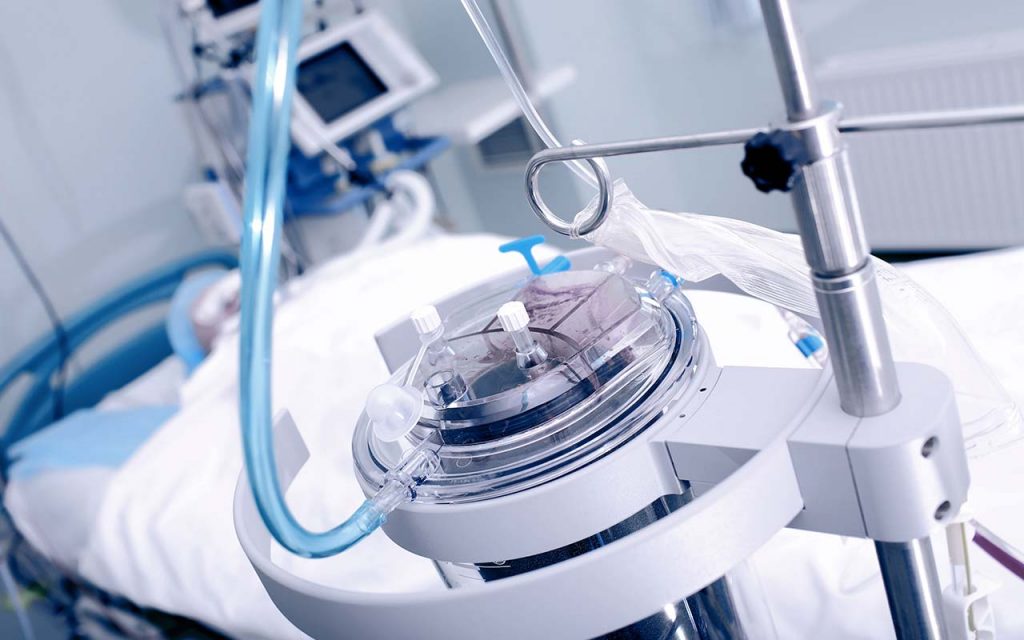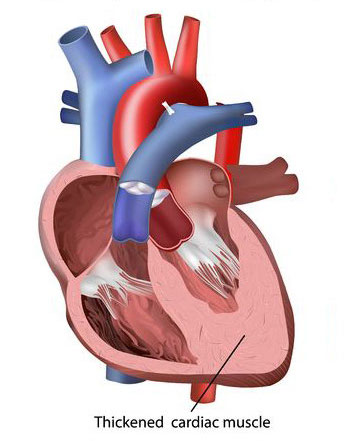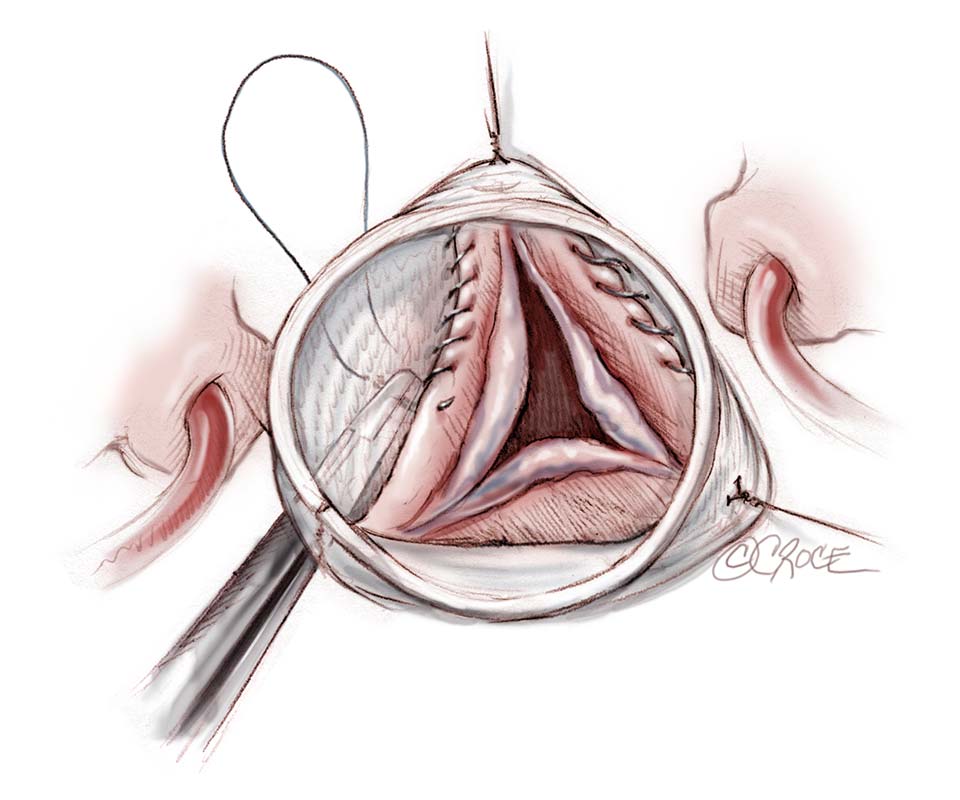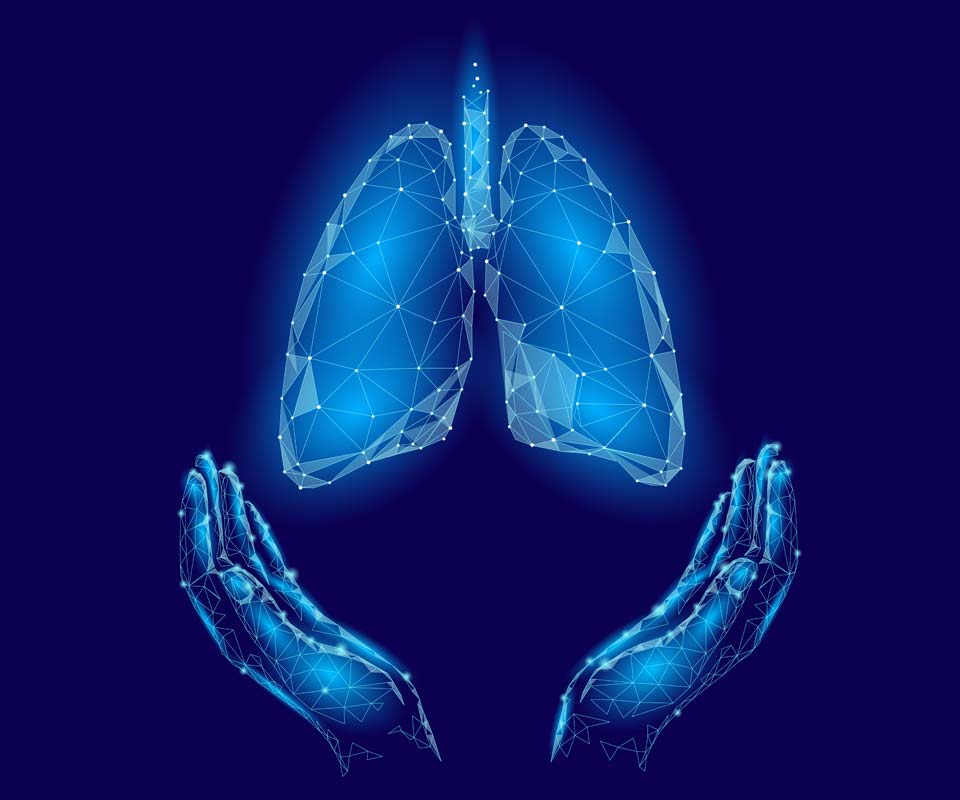Working together to make a difference...
Research at The Baird Institute continues to make a difference to every patient our surgeons treat; due to clinical and laboratory research in collaboration with our key researchers. We have seen six key areas of focus come together to help surgeons and researchers use technology and skilful surgery to improve patient survival and quality of life.
Surviving cardiac disease, genetic issues and blood vessel problems in heart and lung patients has been directly improved by your donations. Here are updates on major research and highlights of recent research publications, demonstrating how your donations have helped patients.

Professor Paul Bannon MB BS, FRACS, PhD
Chair, The Baird Institute
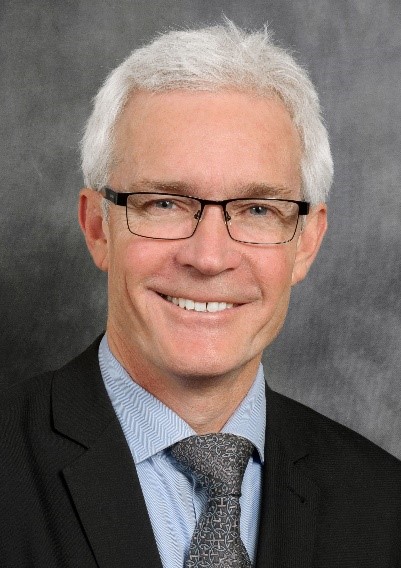
Research - Quick Links
Click on a link below to jump to more information on that specific area of research:
Artery Regeneration Work
The heart pumps blood to the body’s organs via its arteries. Multiple diseases can cause irreversible damage to these blood vessels and can be life threating. A common treatment is to replace damaged arteries with a synthetic substitute. Unfortunately, these are made from materials that are too rigid. These stiff replacements can cause abnormal blood flow, leading to a range of health issues. They also are prone to blockages, which can be incredibly dangerous to the patient, leading to at a minimum revision surgery and at worst amputations or even death.
To address the failings of current artery replacements we have formed a collaboration with biomaterials experts Professor Tony Weiss and Dr Ziyu Wang at the University of Sydney. Together, we have developed a blood vessel replacement made from materials with a similar stiffness to healthy arteries. This replacement is also degradable, encouraging new healthy tissue to regrow and replace it as it degrades (artery regeneration). Thus far, in laboratory experiments our current prototype has outperformed the materials currently used in the clinic today, which is incredibly promising. We are currently refining and improving our artery replacement, aiming in the future to progress the findings into a clinical trial.
If successful, our replacement could treat a wide range of artery diseases and significantly improve the quality of life of millions of patients.
Cardiac Regeneration Work
Heart failure is incurable, irreversible and the leading cause of death worldwide, with one Australian dying every 3 hours, 50-75% of patients dying within 5 years of diagnosis and at a cost of $2.7 billion to the Australian economy. The most common cause of heart failure is plaque build-up in the arteries that supply blood to the heart muscle, known as the coronary arteries. If this plaque ruptures, it can cause a sudden blockage in the coronary arteries, known as a heart attack. All the heart muscle below this blockage is now starved of blood and oxygen and causes the death of millions of heart muscle cells (cardiomyocytes). This dead muscle is then replaced with scar tissue, causing the heart to pump blood less effectively.
It was previously believed that human heart muscle cells cannot replicate and divide to replace dead tissue (cardiac regeneration). However, we have shown that heart muscle cells show a small increase in their ability to replicate following a heart attack. Unfortunately, this capacity to regenerate new cells is insufficient to replace the millions of heart muscle cells that die following a heart attack. However, if this regenerative potential of the human heart could be amplified or enhanced, the failing heart could repair itself by regrowing new muscle. We have developed a number of laboratory models that imitate the environment observed in patients following a heart attack and we will use these models to test new therapies that could potentially regenerate the failing heart.
By enabling patients to regenerate heart muscle, our new therapies could potentially restore normal function to their failing hearts. As such, we aim to reverse the irreversible, positively impacting the lives of millions of heart failure patients and saving billions of dollars for the Australian economy.
Work on Age Related Diseases of the Heart and the Aorta
The world’s population is rapidly ageing. Ageing is the number one risk factor for myocardial infarction (heart attack), heart failure, and aortic aneurysm (rupture) – taken together, these diseases are our number one killer. However, there is currently no biological understanding of how the normal human heart and aorta change with age. This is due to a lack of human heart and aortic samples being available to study. Until we understand what constitutes normal ageing of the heart and aorta at the molecular level, then can we only understand how ageing relates to heart and aortic disease. This is the key to then develop therapies to reverse the pathological (detrimental) effects of ageing on the heart and the aorta and prevent these diseases in the first place.
To solve these issues, our team of surgeons, clinicians and research scientists can utilise the novel heart and aortic tissues from the Sydney Heart Bank (SHB). The SHB is the oldest and largest collection of cryopreserved (frozen) human heart and human aortic samples in the world. It is entirely not-for-profit, with a mission statement to foster world-wide collaborative research into understanding human heart and aortic diseases. It is entirely supported by both the Faculty of Medicine and Health at the University of Sydney and The Baird Institute.
The SHB houses the only collection of normal (non-diseased) human hearts and aortic tissue across the lifespan. Hence, our goal is to create the first molecular study of human heart and aortic ageing, whereby we analyse every gene, protein, and enzyme in these samples to create an online, freely available resource of human heart and aortic ageing for Australian and international researchers. We will use this data to then develop and test molecular therapies to potentially reverse age-related changes in the heart and the aorta, thereby preventing age related heart and aortic disease.
Work on Restoring the Heart's Energy: A New Approach to Treating Heart Failure
When someone experiences heart failure, their heart becomes weak and struggles to pump blood properly. One way to think of it is like an engine running out of fuel – the heart simply doesn’t have the energy it needs to work well.
Current treatments for heart failure focus on reducing the workload on the heart, but don’t directly address the heart’s energy shortage. That’s where this research comes in.
Our team is exploring a naturally occurring molecule in the body called NAD+, which plays a key role in producing energy inside cells. In heart failure, NAD+ levels are often low. We’ve found that boosting NAD+ levels may help the heart generate more energy and recover its strength.
In this project, we’re looking closely at how NAD+ helps the heart muscle contract and relax, two vital actions that keep blood flowing. One key player in this process is a protein called SERCA, which helps manage calcium inside heart cells and uses a large portion of the heart’s energy. When SERCA isn’t working properly, the heart can’t beat effectively.
We’ve discovered that in heart failure, SERCA becomes “sticky” and less efficient due to a chemical change (called acetylation). NAD+ may help reverse this by activating natural repair processes in the heart, improving SERCA function and ultimately helping the heart beat more effectively.
We’ve also made two recent breakthroughs in human hearts: 1) The heart can generate its own rescue fuel called ketones, and NAD+ boosts this capacity; 2) The heart has an inbuilt rescue system via a molecule called citraconate, which is activated in heart failure – we are working on ways to amplify this.
This research could lead to a new way of treating heart failure by restoring the heart’s energy supply and improving its ability to function, rather than just treating symptoms.
Aortic Work
- Dr Liu from The Centenary Institute with her Baird Institute colleagues published in Circulatory Research, 2017: ‘ARHGAP18 protects against thoracic aortic aneurysms formation by mitigating the synthetic and proinflammatory smooth muscle phenotype’. This leading paper looks at the gene responsible for building our blood vessels. Understanding how genes influence aortic aneurysm development will help identify a cure for this devastating blood vessel anomaly.
- Dr Sherrah, a recipient of The Baird Institute Medtronic Research Scholarship, published a pivotal paper in the Journal of American Cardiology 2016: ‘Nonsyndromic thoracic aortic aneurysm and dissection outcomes with Marfan Syndrome versus bicuspid aortic valve aneurysm’. This exacting review identified the significant differences in disease processes that affect the Aorta and require surgery. Surgeons and researchers globally have used this analysis to examine their own results to ensure better patient outcomes.
- Surgeon and Professor Paul Bannon (chair of The Baird Institute), and fellow board member and surgeon, Richmond Jeremy are working with Professor Grieve (a scientist and Radiologist) at The Charles Perkins Centre to investigate blood flow in the abnormal ascending thoracic aorta, with the assistance of a National Health and Medical Research Council (NHMRC) grant. This research blends with studies made possible due to the establishment of an Aortic Tissue Bank and Database at Royal Prince Alfred Hospital; allowing research into cardiac disease processes and surgical care.
Coronary Artery Work
In our work with patients who suffer heart disease from atherosclerosis (hardening of the arteries and the formation of fatty plaques) and heart attacks (a myocardial infarction), our surgeons and researchers are currently investigating the long-term benefits of performing beating-heart surgery, instead of the traditional approach where the heart was stopped and complications from stroke could occur; especially in patients with known risk factors for stroke. Professor Michael Vallely and colleagues published a landmark study of their experience using a ‘no-touch’ technique (anOPCAB) based upon their experience with 37, 720 patients that showed a reduction in stroke of 78% compared to traditional bypass surgery, reduced mortality (50%), less kidney failure (53%), 48% less bleeding problems and a reduction in ICU length of stay. The website has an ABC produced video clip of Professor Vallely operating on a patient using this technique. See: Journal of the American College of Cardiologists, 2017 ‘Coronary artery bypass grafting with and without manipulation of the ascending aorta’.
The Baird Institute is working with researchers at The Charles Perkins Centre to better understand operative challenges for heart and lung surgery and are using the Hybrid Operating Theatre to simulate these challenges. Dr Hugh Paterson recently published a study within this area in Journal of Thoracic Cardiovascular Surgery 2017: ‘Competitive flow in coronary bypass surgery: The roles of fractional flow reserve and arterial graft configuration’.
Clinical Trials, supported by The Baird Institute, at RPAH are contributing to findings nationally and globally to ensure that improved techniques and technology will help patient survival. Once such trial is the VISION study, conducted with The St George Institute and Abbott – Diagnostics to investigate blood levels of Troponin, a protein, that might signal early heart muscle damage in surgery.
Exciting new research continues in the field of developing synthetic materials that mimic blood vessels. Dr Wise and colleagues published in Nanomedicine, 2017 ’Plasma activated coating immobilizes apolipoprotein A-I to stainless steel surfaces in its bioactive form and enhances biocompatibility’ recent results from their work in establishing artificial blood vessels that reduce the risk of clotting and act like normal blood vessels. This approach will help surgeons use ‘fake’ blood vessels when the patient’s own vessels are too damaged for use.
ECMO & Heart Failure Work
Outside-the-body blood oxygenation (ECMO) in the treatment of heart failure continues to be an area of research that provides important practice changes to help patients recover better from major heart and lung surgery. This machine was used extensively in non-heart/non-surgical patients during the 2009 infamous swine flu pandemic. Dr Michael Stevens from The Charles Perkins Centre is working with The Baird Institute and recently published in the Journal of Biomechanics, 2017: ‘Flow mixing during peripheral veno-arterial extra corporeal membrane oxygenation – A simulation study’. Michael’s work involves studying how blood is returned from the ECMO machine and mixes with the patient’s residual blood. These effects cannot be seen with current imaging in theatre, so Michael has been using computer simulation of these effects in a wide-range of patient-specific conditions and scenarios, to provide feedback to the surgeon and the wider research community on these effects.
In contrast to this approach, a systematic review undertaken by Dr Michael Seco and The Baird Institute researchers has analysed a large series of published papers on the use of Left ventricular Assist Devices (LVADs) that help the heart function until a heart transplant is performed. Published in the International Journal of Cardiology, 2017: ‘Long-term prognosis and cost-effectiveness of left ventricular assist device as bridge to transplantation: A systematic review’, the overall analysis of data from these papers provides certainty that the use of LVADs continues to provide reliable care and continuing improved outcomes for patients beyond the initial surgical period.
Continuing work is being done with Professor John Fraser and the National Health and Medical Research Council of Australia in the ACTIONS (Advanced Cardio-respiratory Therapies Improving Organ Support) study, conducted with the Centre for Research Excellence.
EXCLUSIVE: An eight-year-old boy has been saved from the brink of death by a military-style medical operation.
#9News | http://9News.com.au
Posted by 9 News Sydney on Sunday, 28 July 2019
Hypertrophic Obstructive Cardiomyopathy (HOCM) Work
Our Baird Institute affiliate researcher, Dr Passage, in collaboration with Fred Mohr’s group in the internationally recognized Leipzig Heart Centre (Germany), recently published on a new surgical approach to repair the Mitral valve in patients suffering from an enlarged heart muscle (particularly the left ventricle). The journal paper features a video, demonstrating the innovative surgical approach that improves patient outcomes after the surgery. Annals of Cardiothoracic Surgery, 2016: ‘Transmitral myectomy and how to deal with systolic anterior motion (SAM) in hypertrophic obstructive cardiomyopathy’. These researchers are renowned for their work and a continued collaboration will contribute to an incredibly important learning relationship.
Other work within the area of HOCM is looking at genetic factors contributing to valve and ventricular disease and the establishment of a Heart Muscle Tissue Bank with the Anatomy Department to further research and interventions into cardiomyopathy.
Valve Work
Along with research into aortic surgery, valve research explores the surgical repair, non-invasive repair or replacement of valves within the heart. Valves help hold and push blood through the four ventricles of the heart and into/out of the lungs. The area of research has some crossover with aortic root reconstruction surgery and approaches to these types of surgery involves understanding patient risk factors, types of surgery best suited to that patient and perfecting surgical skills.
Unfortunately, there are barriers to surgical heart valve innovation on an international level as highlighted in Michael Borger’s paper “Whatever happened to surgical heart valve innovation?” (June 2025). The main reasons for the decline in valve innovation are that surgical intervention is no longer viewed solely as a last resort, and the introduction of new devices or techniques carries a higher risk of major complications that now don’t exist like they once did in routine valve surgery.
Building on the pioneering laboratory-based mitral valve studies conducted by Dr. Hugh Paterson and Dr. Laurencie Brunel between 2017 and 2024, The Baird Institute is poised to drive the next phase of innovation. Their internationally recognised research has laid a strong foundation for the development of novel valve designs, which they are determined to take forward with the commitment from surgeons and cardiologists who are also driven to improve surgical heart valve design.
Lung Cancer Work
Dr Michael Seco and Dr Matheus Carelli developed a comprehensive lung and thoracic surgery database at Royal Prince Alfred Hospital in 2018. It is a proficient tool used to collect comprehensive data on patients undergoing lung cancer resections and major chest surgeries. Databases for these patients provide invaluable information about surgical practices, patient recovery and outcome, and quality control. The cardiac surgery database at Royal Prince Alfred Hospital has been in use for over twenty years and continues to stem multiple analyses and publications each year. The thoracic database is proving to have a similar impact. This work will also form the basis of a comparable nation-wide database.
Emerging Research
An imaging approach known as Neural Connectivity, is being undertaken by Professor Grieve and colleagues, to explore imaging processes to better understand brain injury after cardiac surgery. New imaging technologies using MRI are now able to identify subtle brain injury not seen using other imaging technology. This is exciting, ground breaking work, recently published in British Journal of Anaesthesia, 2017: ‘Neural network imaging to characterize brain injury in cardiac procedures: the emerging utility of connectomics’.
In addition to this form of imaging, the use of computational modelling and augmented reality for surgical planning and teaching is now becoming part of tertiary-level practice. 3-D printing and bio-printing are proving to be important to research as is the understanding and production of biomaterials, currently being explored with our affiliate researcher, Dr Steve Wise.
Robotic training and its uses are being researched through the Institute of Academic Surgery and the Surgical Robotic Program. The use of artificial intelligence and nano-robotics makes this an exciting field to explore for their practical and research-based uses in heart and lung surgery.

